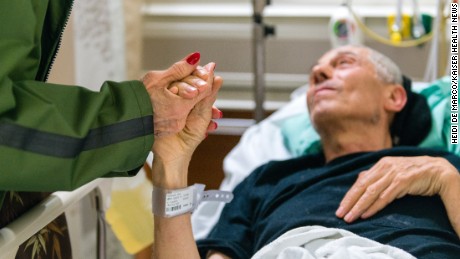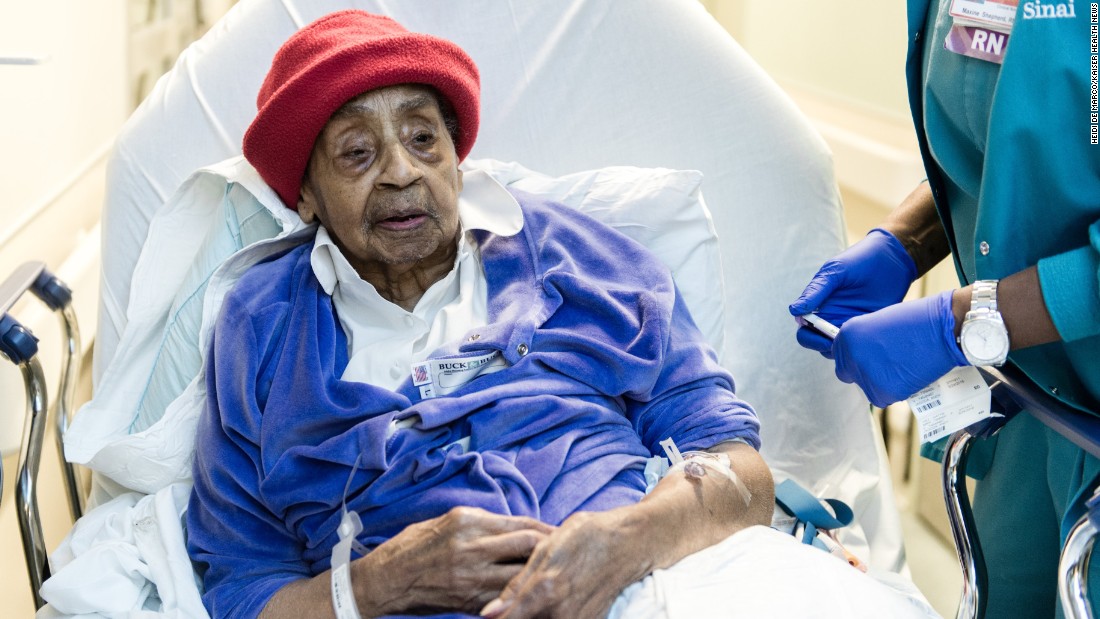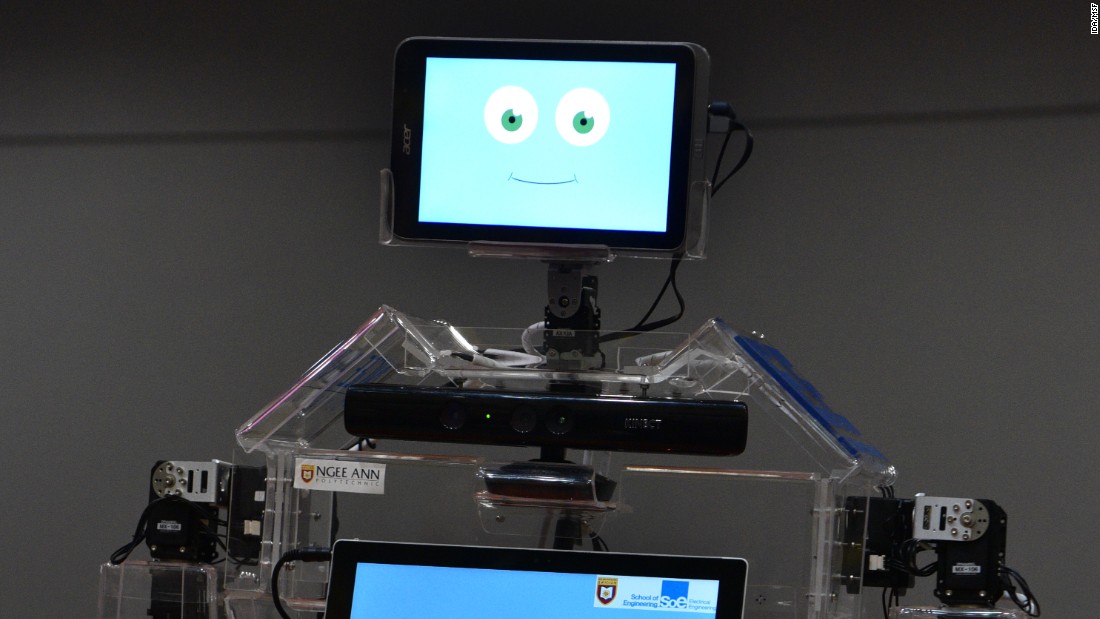
New YorkThe Mt. Sinai Hospital emergency room looks and sounds like hundreds of others across the country: Doctors rush through packed hallways; machines beep incessantly; paramedics wheel stretchers in as patients moan in pain.
“It’s like a war zone,” said physician assistant Emmy Cassagnol. “When it gets packed, it’s overwhelming. Our sickest patients are often our geriatric patients, and they get lost in the shuffle.”
But just on the other side of the wall is another, smaller emergency room designed specifically for those elderly patients.
Patients like Hattie Hill, who is 105 years old and still lives at home. A caregiver brought her in this rainy day in May because she had a leg infection that wasn’t responding to antibiotics. Hill, who also has arthritis and a history of strokes, said she prefers the emergency room for seniors because she gets more attention.
“Hospitals that before didn’t think there was any need for this are saying, ‘Can you help us create a geriatric ED?'” Hwang said.
Hospitals also may view specialized emergency departments as a marketing tool to reach the growing elderly population.
The geriatric emergency room at Mt. Sinai is set up differently than traditional emergency rooms. It has thicker mattresses to help reduce the chance of bed sores, raised toilet seats, hand rails in the hallways and reduced-noise curtains.
The department is allotted 20 beds, but the main hospital sometimes steals them for other patients. That leaves some older ER patients waiting in the hallway.
Over a two-day period in May, dozens of older patients were treated for falls, dizziness, severe pain and shortness of breath.
John Fornieri, 79, came in after falling on his floor at home. Fornieri, an artist with arthritis and a heart condition, said he nearly lost consciousness. An x-ray showed he had broken a hip.
Fornieri said he was grateful that the geriatric emergency room staff was trained to care for the elderly. “Seniors need a different kind of attention,” he said. “We can’t see and we can’t hear like we used to. We can’t even talk the same.”
Denise Nassisi, a physician who runs the geriatric ER, said her patients are at greater risk of falling, medication errors and infections than younger patients. Seemingly routine injuries can have devastating effects. Broken arms, for example, can make it difficult for elderly people to care for themselves.
Many also have dementia or other cognitive impairments that make it harder to get an accurate account of their medical history and the reason for their ER visit, she said. About half of the patients arrive unaccompanied by relatives or caregivers.
In the past, Nassisi said, doctors frequently just admitted the patients, leaving it to the hospital staff to do a more complete workup. But now, Nassisi and her team of social workers, therapists, nurses and others try to screen, diagnose and treat patients more thoroughly in the ER, she said.
Part of their job is to determine whether older patients can be safely discharged. That means they aren’t automatically admitted to the hospital, which would raise their risk of confusion and loss of independence. “We are trying to change the culture of just admitting,” Nassisi said.
A patient doesn’t need a clean bill of health to be discharged. One 81-year-old patient came in for a toothache but also had a long list of illnesses: coronary artery disease, chronic pulmonary disease, arthritis, high blood pressure, prediabetes and high cholesterol. She was released with pain medication, antibiotics and an appointment with a surgeon.
Another patient, who was 83 and had high blood pressure, anxiety and cancer, had fallen in her kitchen. She, too, was discharged after staff ensured she could walk on her own and had help at home.
As providers determine where the patients should be treated, they also try to prevent them from becoming delirious, developing additional problems or taking potentially harmful medications.
Physician assistant Jaclyn Schefkind evaluated Hill, the 105-year-old patient.
“How are you doing?”
“Bad,” Hill said, wincing in pain.
See the latest news and share your comments with CNN Health on Facebook and Twitter.
Schefkind looked at Hill’s leg, red and swollen. She said they were going to get her some stronger antibiotics and something to relieve the pain.
“Let’s start with Tylenol,” Schefkind said. “I don’t want to give you something too strong because it’s not safe when you’re older.”
Shortly afterward, the team decided the best place to admit Hill so doctors could get her infection under control. A nurse pulled Hill’s blanket up to her chin, packed up her belongings and rolled her through the door toward the main hospital.
Read more: http://www.cnn.com/2016/06/27/health/geriatric-emergency-rooms/index.html












